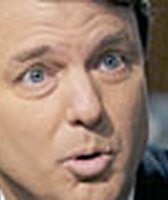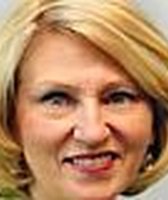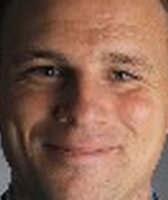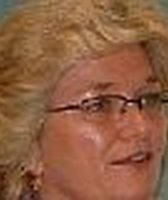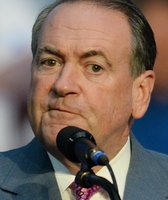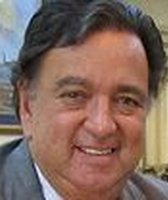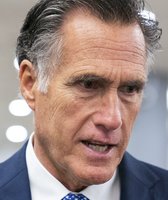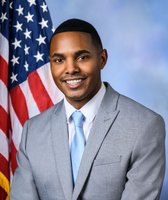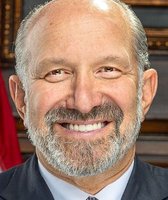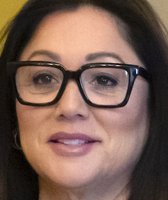Stand up for the facts!
Our only agenda is to publish the truth so you can be an informed participant in democracy.
We need your help.
I would like to contribute
SUMMARY: John Edwards outlines the problems facing rural schools, but botches some statistics and makes things sound worse than they are.
It's no secret that Edwards has cast himself as the presidential candidate for rural America.
He talks about how weighing a hog doesn't make it fatter as a metaphor for criticizing America's high-stakes testing mania. He proudly speaks of being the first in his family to graduate from rural schools and head off to college, where he started down the path from "hick" to wealthy trial lawyer.
He's even got an adviser on all things rural, a campaign veteran who goes by the colorful nickname "Mudcat."
So you might think when he focuses on the critical needs of rural schools — things like how hard it is to attract and retain top-notch teachers and how he would fix that with bonus programs and special scholarships — Edwards would have his facts straight.
Sign up for PolitiFact texts
You might be surprised.
Consider this seemingly straightforward statement from Edwards' keynote education platform speech, made in September 2007 at a Des Moines, Iowa, middle school.
"Rural schools enroll 40 percent of American children, but receive only 22 percent of federal education funding," Edwards said. "They face the highest dropout rates, the lowest college enrollment rates, have the lowest average teacher salaries and often face huge school transportation and special education costs that make it next to impossible to invest more resources in raising student achievement."
We asked the campaign for the sources behind these numbers, and it sent back two: the National Education Association Web site, and the June 2007 federal report from the National Center for Education Statistics called "Status of Education in Rural America."
The campaign got the headlines, but they missed some of the fine print.
Rural schools do not enroll 40 percent of the country's children. Ask the NEA, which was supposed to be the campaign's source. The NEA Web site says rural and small schools account for 40 percent of the students. In an e-mail, the union's spokesman said, "Rural public schools serve about 20 percent of our nation's students."
That's about in line with the June 2007 report on the Status of Education in Rural America, which shows 21.3 percent of children attend rural schools.
Also, rural schools do not receive 22 percent of federal funding. It's actually 18 percent.
Rural schools do not face the highest dropout rates. Those would be the poor urban schools.
And it's a tough call on whether rural schools have the lowest average teacher salaries. The federal report says they do overall, but when you break out the teachers by level of education, that changes. Those with bachelor's degrees get comparable pay to those in cities and suburbs, according to the report. And those with master's degrees earn about the same on average as their peers in cities. Edwards didn't get it all wrong, though. Rural schools do have the lowest rates of students enrolling in college.
Our Sources
National Education Association, Issue paper on rural education
National Center for Education Statistics, Status of Education in Rural America , June 2007
John Edwards campaign Web site, Rural America issue paper
Raleigh News and Observer, Edwards plays up his country roots , April 2007
Washington Post, Pinning hopes on rural voters , August 2007

